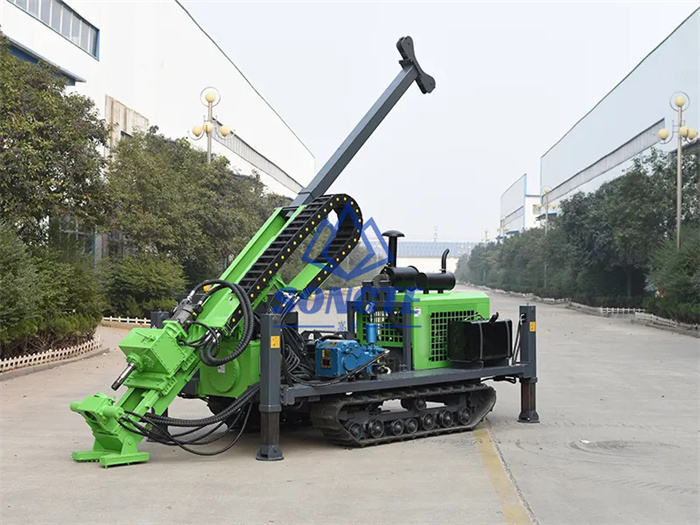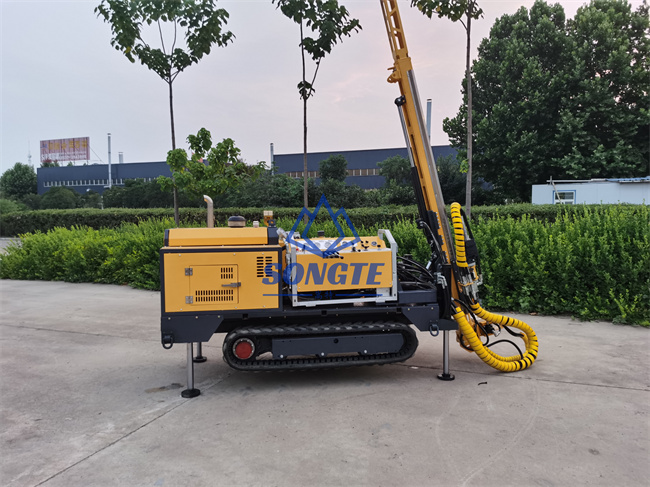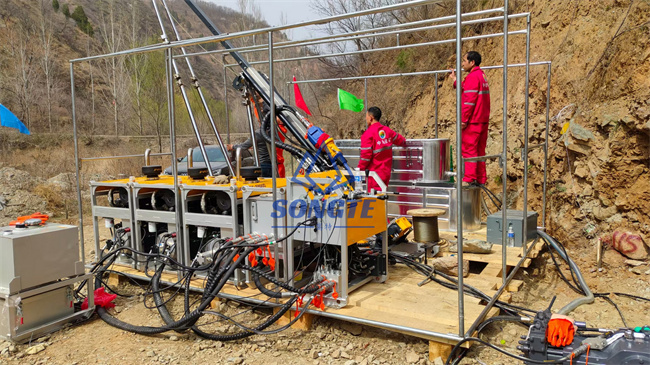Title: Maintaining Your Core Drilling Rig: Essential Servicing Requirements
https://www.songtemachine.com/product-category/core-drilling-rig/

Introduction
Core drilling rigs are essential tools for various industries, from geology and construction to environmental science and mining. To ensure their reliable performance and longevity, proper maintenance and servicing are crucial. Neglecting these requirements can lead to costly breakdowns, delays in projects, and safety hazards. In this article, we will explore the necessary maintenance and servicing requirements to keep your core drilling rig in excellent working condition.
Regular Cleaning and Inspection
Cleaning: Start with basic cleaning. Remove dirt, dust, and debris from the rig’s exterior to prevent contamination of sensitive components. Use compressed air or brushes to clean hard-to-reach areas.
Visual Inspection: Regularly inspect the rig for signs of wear, loose bolts, and damaged components. Check the drill bit, rods, and other attachments for damage or excessive wear.
https://www.songtemachine.com/product-category/core-drilling-rig/

Lubrication and Greasing
Grease Points: Identify and regularly lubricate grease points, such as bearings and moving parts. Proper lubrication reduces friction, extends component life, and ensures smooth operation.
Oil Changes: Change the engine oil and hydraulic oil as recommended by the manufacturer. Fresh oil helps maintain engine performance and prevents wear and tear on hydraulic components.
Safety Checks
Safety Systems: Ensure that all safety systems, including emergency stop buttons and safety interlocks, are in working order. These systems are crucial for protecting operators and equipment.
Fire Extinguishers: Verify the condition and readiness of fire extinguishers on the rig. Safety should always be a top priority.
Belt and Hose Inspection
Drive Belts: Check the condition of drive belts regularly. Replace any worn or damaged belts promptly to avoid unexpected breakdowns.
Hydraulic Hoses: Inspect hydraulic hoses for signs of leaks, cracks, or abrasions. Damaged hoses should be replaced immediately to prevent hydraulic system failures.
Electrical System Maintenance
Wiring: Examine the rig’s electrical wiring for loose connections or damaged insulation. Ensure that all electrical connections are secure and well-maintained.
Battery Maintenance: Clean and inspect the battery terminals, and replace old or damaged batteries as needed. A well-functioning battery is essential for reliable engine starting.
300m Hydrogeological Investigation Core Drilling Rig (SC-F300D)

Drill Bit Maintenance
Sharpening: Regularly sharpen or replace the drill bit when it becomes dull. Dull bits can slow down drilling progress and put unnecessary stress on the rig’s components.
Record Keeping
Maintenance Logs: Maintain comprehensive maintenance logs to track servicing schedules, repairs, and component replacements. These records help identify patterns and plan maintenance activities efficiently.
Professional Servicing
Scheduled Servicing: Follow the manufacturer’s recommended servicing schedule, which may include major overhauls and inspections conducted by certified technicians.
Repairs: Address any significant issues promptly by consulting with a qualified technician or service provider. Delaying repairs can lead to more extensive damage and higher repair costs.
Conclusion
A well-maintained core drilling rig is not only a safer tool but also a more efficient and cost-effective one. Regular cleaning, lubrication, safety checks, and professional servicing are essential to ensure that your rig remains in good working condition. By following a proactive maintenance regimen, you can extend the lifespan of your core drilling rig, minimize downtime, and maintain high-quality results in your drilling projects.
 songtemachine
songtemachine
